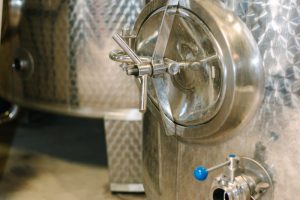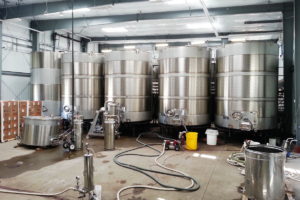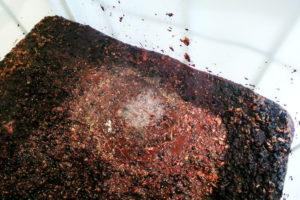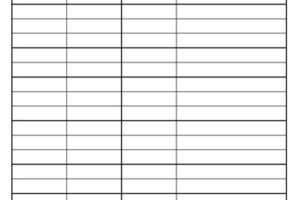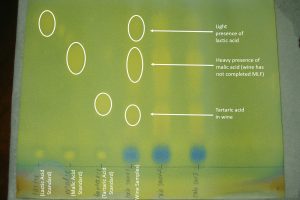The post-harvest lull, for many, can feel like a short reprieve in the cellar. However, post-processing is when real winemaking operations begins! There are many requirements in the cellar that still demand the winemaker’s attention. Today, I’m going to review a few key operations that require focus between November and December. 1. Ensure MLF is […]
Malolactic Fermentation
Tips for Successful MLFs
Many winemakers take the malolactic fermentation (MLF) for granted, assuming it has a success rate similar to that of yeast fermentation. However, MLF is tricky! Like primary fermentation, MLF is a fermentation that is carried out by living lactic acid bacteria (LAB): Lactobacillus, Oenococcus, and Pediococcus (Krieger 2005, Iland et al. 2007). All of these […]
4 Tips to Post-Fermentation Success
While many of us are likely in the middle of harvest, it’s important to remember those post-fermentation processes that have a profound impact on wine quality. Below, I’ll review 4 tips that ensure the maintenance of wine quality as fermentation ends. For Whites and Rosés, Rack Once, Off of Gross Lees, 24-Hours After Fermentation is […]
Red Wine Color and the Processes that Change It
A winemaker’s desire to produce a deeply colored, concentrated red wine can be a strong driving force behind winemaking operational decisions. Processes like cold soak, extended maceration, or even the use of saignée become the norm when winemakers hear other winemakers employ these techniques to enhance red wine color. But sometimes our use of a […]
Are you taking adequate fermentation records?
Having adequate detail in an easy-to-navigate record keeping format allows winemakers to: quickly see past decisions, evaluate which treatments were effective for various wines, and assess general inventory needs on a regular basis. While the use of wine production software systems are often helpful, many winemakers strive to take good notes on the cellar floor. […]
As MLF Bubbles Away…
Did you know? All of the resources listed in today’s post on malolactic fermentation (MLF) are now available to individuals that become a DGW Insider. DGW Insiders receive exclusive access to almost all of the content available on dgwinemaking.com: Articles, Cellar Tools, Webinars, and more! Click here to learn more about becoming a DGW Insider […]
